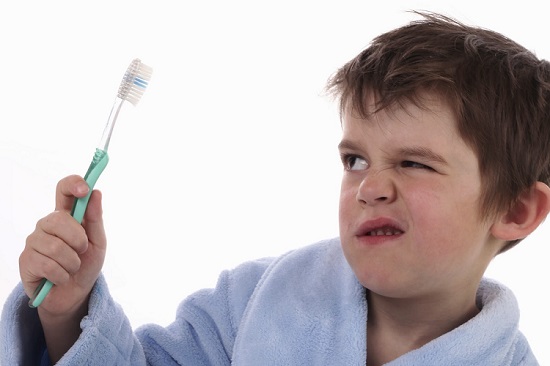What Makes Me Smile Art Exhibit
– Pediatric Dentistry of Ft. Myers, Dr. Tim Verwest, DMD is offering children 18 years or under a chance to create works of art centered[…]
Caring for your children’s teeth
Start dental visits during infancy The American Academy of Pediatric Dentistry recommends bringing your child to the dentist before his or her first birthday. At[…]
Caring for teeth with braces
Braces are often placed in patients between 10 and 14 years of age to correct crooked or overcrowded teeth. “The benefits of braces are many,”[…]
Baby pacifiers: Pros and cons
Should parents let their infant use a pacifier? According to the Academy of General Dentistry (AGD), there are benefits as well as a downside to[…]
An apple a day may keep the dentist away
Dietary habits of schoolchildren encourage an increase in sugar intake leading to a greater risk of cavities, reports the Academy of General Dentistry. Over a[…]
Dr. Ascune Joins Pediatric Dentistry of Ft. Myers
Dr. Leanet Ascunce, DMD has joined Pediatric Dentistry of Ft. Myers, Dr. Tim M. Verwest, DMD. Dr. Ascunce obtained her specialty certificate in pediatric dentistry[…]
Manual or Electric Toothbrush?
In recent years electric toothbrushes have gained increasing popularity among young adults and children. Some parents have questioned if electric toothbrushes work better than just[…]
Reasons to Brush!
With the aid of dental floss, and mouthwash is brushing twice a day still necessary? Absolutely. In fact, twice is the minimum number of brushing[…]

Motivating Kids to Care for Their Teeth
We can teach children how to brush their teeth, but convincing them to do it is another story. We talk to people all of the[…]

4 Reasons You SHOULDN’T Give In to a Child Who Refuses to Brush their Teeth
It’s just another normal morning routine — getting the kids out of bed on time, making breakfast, getting everyone dressed, and – of course –[…]
